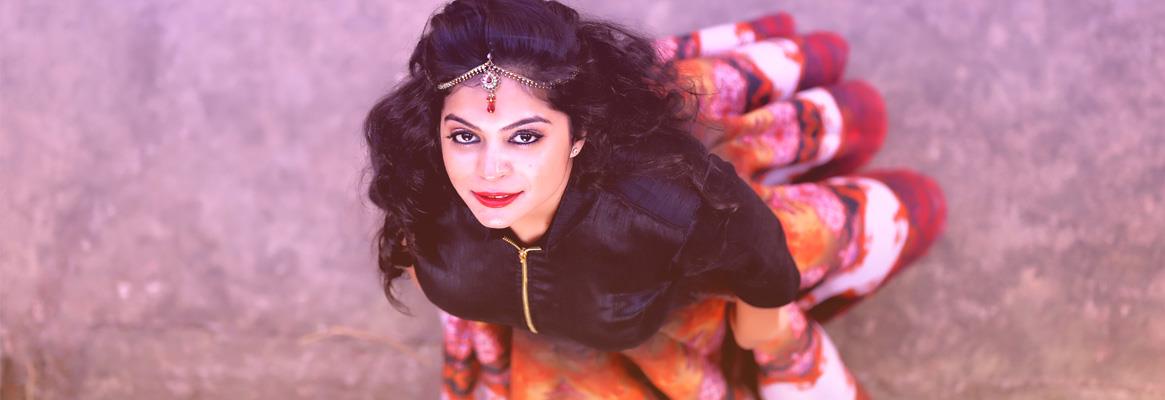India’s growing fashion market is greener and moreinnovative than ever before.
2019 was a year of big changes in the Indian fashion industry. The new, improved market is more locally-based, eco-friendly, and unique than it has ever been before. On of the largest textile industries in the world, India’s fashion market clothes more than 1.2 billion people, and brings in 33 billion dollars a year. Here are the brands that are transforming this immense market, and changing the way that Indians view fashion.
11:11
11:11, created by Mia Morikawa and Shani Himanshu, has a stand-alone store in New Delhi, and deep roots in the Indian luxury fashion scene. Now featuring natural indigo dyes, reclaimed accessories, and handspun cotton denim, 11:11 is making strides in craftmanship within a fashion industry that hasn’t always capitalized on hand-crafted items.
11:11’s women’s wear line “dissolves the distinction between daywear and evening wear,” creating looks for Indian women that can be worn anywhere, for any occasion. The look and feel of the collection as a whole is flowy and easy-going, with naturally-dyed deep purples and glowing golds. Many garments are hand tie-dyed, using madder red, ochre yellow, and indigo.
Adding to the natural and sustainable practices of the company, 11:11 reclaims discarded materials for use in their accessory line. The purpose of this practice, while undoubtedly eco-friendly, is to “create a dialogue which challenges the idea of consumption.”
Chola
Born within a Vintage Garden Trunk Show in Mumbai, Chola is a simple, soulful label created by Sohaya Misra. The label shows its ‘less is more’ philosophy through clean lines with detailed edges. Many Chola garments are made of recycled fabrics created out of post-consumer waste. Using recycled cotton, as well as the use of free-cutting methods, means that Chola produces minimal waste during their production process.
Part of Chola’s online shop is organized in capsules, the idea that a few simple pieces can be mixed and matched to create a comprehensive wardrobe. Fewer wardrobe items mean re-thinking the way buyers consume textile pieces and being more thoughtful and intentional about the wardrobe as a whole.
Each item in Chola’s collections is beautifully and thoughtfully crafted, not just in itself, but within the capsule as a whole.
Maku
Santanu Das started designing clothing as a way to dig deeper into Indian culture. Maku Textiles was initially inspired by his mother’s wardrobe. To stay true to the look and feel of these clothes, Santanu started working with tangail and jamdani weavers, channeling their creativity and tradition into a new, modern line for Indian women.
One way that Maku challenges today’s typical fashion practices is by limiting choice. The brand offers a very narrow array of products, materials, and aesthetics, forcing buyers to intentionally choose and inherently value each piece. The pieces are carefully designed with a subtle charm through hand-crafted processes that yield the occasional imperfection.
Santanu makes sure that MAku continues to use natural whites, and hand-woven Bengal malda silk to maintain the authentic Indian look he started with. He hopes to continue recovering traditional Indian weaving practices and employing Indian women to work alongside him, creating a safe and fair local workplace, and strengthening brand sustainability.
Injiri
Injiri clothing, by Chinar Farooqui, is inspired by traditional Indian garment designs. Farooqui, in her quest to recreate these timeless garments in a new modern line, created her own network of hand-loom collectives across India. The brand works exclusively with organic cotton and natural dyes to tell the story of traditional, yet modernized and elevated, Indian clothing.
Since 2009, Chinar Farooqui has continued to celebrate the hand-woven process and the story of Indian fashion through the Injiri label. The attention to detail in the Injiri line is unprecedented, instilling a sense of timeless value in each piece. In this way, Injiri provides a stark contrast to the world of fast fashion. Each piece is timeless, beautiful, and hand-crafted in a way that makes buyers want to keep each piece forever and treat it with care. (The fabric and creation methods also encourage buyers to wash clothing less, which helps the environment in a number of ways.)
Ode to Odd
Ode to Odd is a brand born, bred, and manufactured right in India. Shreye and Priyal Mewera, one a fashion graduate from the Pearl Academy of Fashion in India, and the other without any fashion training work together to forge their own path within the Indian Fashion scene.
Ode to Odd is another brand that pays meticulous attention to detail, hand-crafting high-quality items with love and attention. The brand also uses eco-friendly materials, like organic cotton, silk, mulmul, and wool. They use these materials to create accessible designs that show, yet again, great craftsmanship.
“Our brand is a story of craftsmanship, perfect imperfections, and the labor of love. It’s magical how the narrative began in the far-flung places of India, and it has culminated into a beautiful story. We love that we can tell the story through our garments,” Ode to Odd said in an interview.
Ode to Odd manufactures their pieces using hand-cutting and hand-stitching methods, and they use leftover waste fabric to create their hand-embroidered labels.
Indians fashion scene will never be the same, thanks to the amazing work of these brands. The eco-friendly practices of the rest of the sustainable fashion revolution have not been lost on Indian designers. Green fashion and eco-friendly practices are truly spreading across the fashion world.
This article has not been edited by Fibre2Fashion staff and is re-published with permission from synzenbe.com







Comments